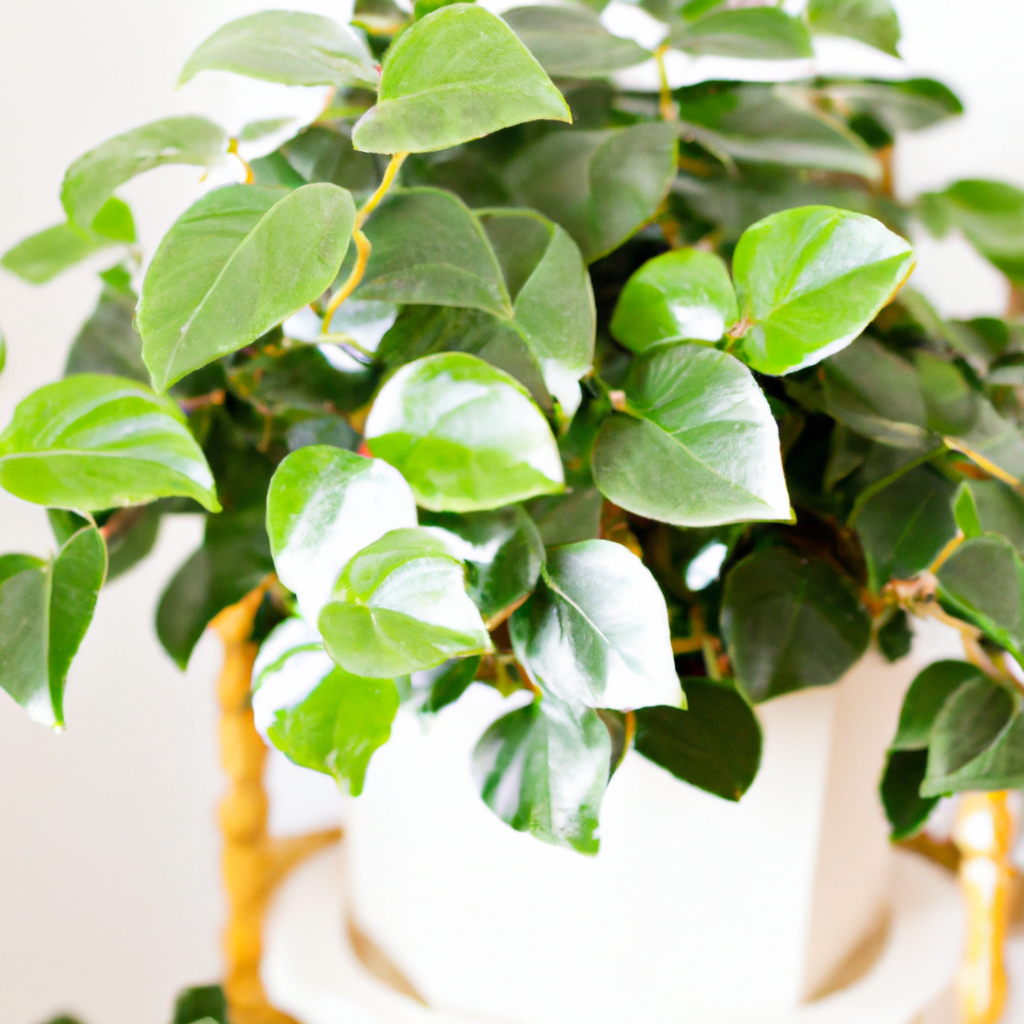The Creeping Fig houseplant is a unique and vibrant addition to any home, adding a lushness and subtle beauty to the space. But while they’re often thought of as a low-maintenance houseplant, there are some important details to be aware of when caring for this type. From the right kind of light exposure to the right potting mix and water needs, get to know the best practices for caring for the Creeping Fig and you’ll be able to maintain a healthy and happy plant for years to come.
Light & Temperature
When it comes to light and temperature needs, the Creeping Fig is an adaptable houseplant. It prefers bright, indirect sunlight but can tolerate lower light conditions, too. If you’d like to maintain their shiny, green foliage, keep them in an area that receives medium light. As for temperature, avoid placing them in any area where temperatures will drop below 60°F (15°C).
Soil & Potting Mix
The best type of soil for Creeping Figs is a slightly acidic and well-draining mixture. This can easily be created by mixing together equal parts of potting soil, sphagnum peat moss, and perlite or coarse sand. For more established plants, use a potting mix that is specifically formulated for houseplants. If you’d like to add an extra layer of protection against root rot, mix in a few tablespoons of the crushed gravel or small stones.
Watering Needs
The Creeping Fig likes plenty of moisture but must also have time to dry out between waterings. Water them when the top inch or two of the soil is dry, whenever possible. If you can, try to use filtered or room-temperature water instead of tap water. To gauge how much water your plant needs, you can insert your finger into the soil up to your first joint. If the soil feels moist, hold off on watering for now. If it feels completely dry, it’s time to give it a drink.
Fertilizing
Fertilizing your Creeping Fig is another important step in their care routine. Feed them with a balanced liquid fertilizer that has been diluted to half-strength once each month during the spring and summer months only. During the fall and winter, skip the fertilization and let them rest.
Repotting & Pruning
Repotting your Creeping Fig houseplant should take place every two years when needed. When selecting a pot for repotting, choose one that is roughly one inch larger than the current one. Make sure the new pot has adequate drainage holes at the bottom to prevent root rot. As for pruning, you can lightly trim a few stems here and there during the growing season if they become too long. Doing so will create more dense foliage in that area and help maintain a neat appearance.
Potential Problems
Though relatively low-maintenance, there are still some common issues that Creeping Figs may suffer from from time-to-time. Yellowing leaves typically occur due to over- or underwatering. To remedy this, simply adjust your watering schedule as needed. Spider mites are also a common problem; these tiny pests can cause yellow spots on the plant’s leaves and can be treated with insecticidal soap or neem oil.
Final Thoughts
Caring for a Creeping Fig houseplant can be simple with the right knowledge and routine in place. As long as you provide your plant with plenty of bright light, access to adequate moisture, some occasional liquid fertilizer each month during the growing season, and regular repotting every two years or so, your Creeping Fig should thrive in your home for many months or even years. Be sure to check out our helpful guide on How to Care for a Spider Plant for further detail on properly caring for your new houseplant friend!
